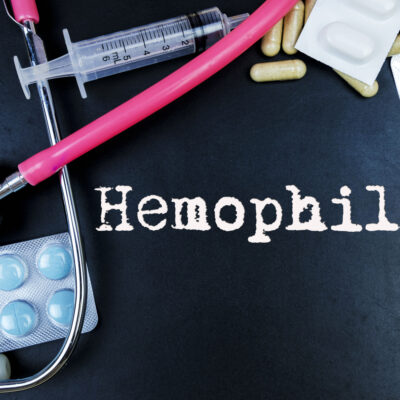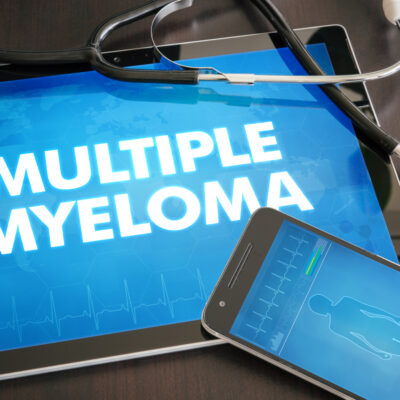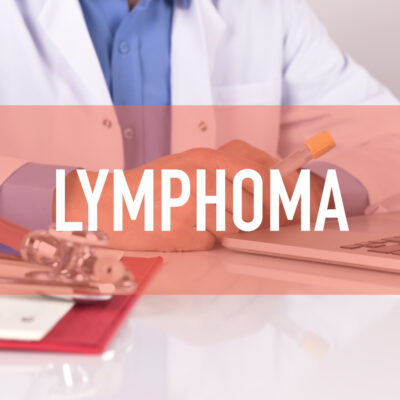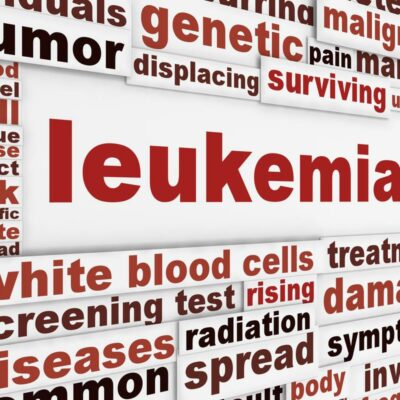
Health
Know All About The Different Stages Of Colon Cancer
Colon cancer happens when cells in the colon start growing abnormally and turn cancerous. This is curable if it is treated at an early stage. This article talks about how colon cancer stages are determined. This will help in understanding the stages and treatment for colon cancer. Importance of staging Cancer is a progressive disease. It can start as a small lump of cells and can gradually or suddenly start growing. To know how to treat cancer, it is important to understand the stages and treatment for colon cancer for a particular stage. TNM staging Cancer stages are decided using the TNM system. This is used by the doctor to decide at what stage the cancer is in. T stands for the primary tumor. It refers to the size of the tumor and whether it is restricted to the wall of the colon where it started or has spread to other areas. N for lymph nodes. It refers to whether the lymph nodes that nearby the colon have turned cancerous due to the spreading of the cancer. M stands for metastases. It refers to whether the cancer has spread from the colon and reaches other body parts like the liver, or lungs.
Read More 














